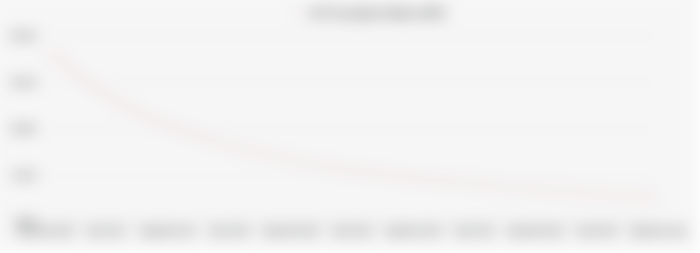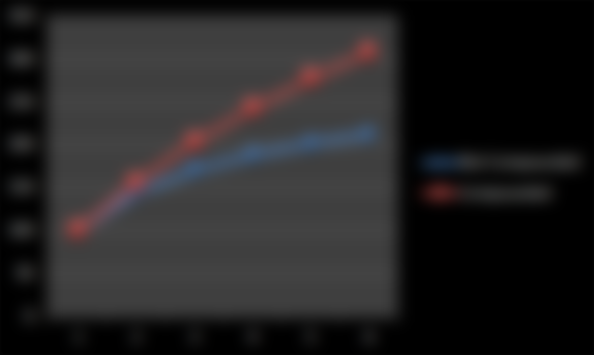"Compounding Interest"

You may have heard that term by now. If you are invested in any crypto that features staking as a way to earn rewards then "compound interest" will be your best tactic in growing your investment.
In my previous posts, I've been talking about Akash Network and its native token called $AKT. I started looking into this project when @jacobgadikian commented on one of my #askblurt posts (a month ago) asking for suggestions of other crypto projects that are interesting for this year. Among the handful of projects/tokens that he mentioned, $AKT is one of them.
It took me about 2 weeks to gather info about this project. Shortly after that, I made my first purchase of a few $AKTs. I took the plunge because of the 54% APR staking rewards that was stated on the website. IMO, that's a hefty passive income that's impossible to achieve in this platform through content curation.
Aside from the mentioned APR, an Annualized Inflation chart was also presented, here's how it looked like:

At first, I didn't bother understanding it until today.
This curve actually affects how the rewards are distributed over the course of 5 years. It could turn out bad for your investment if you don't pay attention to it.
In basic explanation, the curve represents the diminishing value of the Inflation rate in a span of 5 years. At the beginning of the staking period, the inflation is 54% APR while at the end of the curve is about 9% APR (rough gauge / not accurate). Let's tabulate the potential staking rewards through this curve. Let's have 100 $AKT as an initial quantity.

The tabulated values are oversimplified and I'm only considering the generated quantity of the token rewards without the consideration of the price through this period.
My observation is that by staking 100 $AKT over the course of 5 years, I will potentially earn 113 $AKT tokens. That's 5-year ROI if I simply leave the initial stake and the rewards idle or cash-out every earnings of my stake.
Now...
By applying the principle of Compounding Interest, we will have a very different result than the first tabulation. Let's see:

By reinvesting the daily rewards back to the stake it could potentially grow from 100 $AKT to 308 $AKT! There is a 96 $AKT token difference between idling or cashing-out rewards instead of compounding it.
To give you a better feel of the difference, I made a simple chart to show the potential growth of the investment.

By reinvesting the rewards and be added to the staked tokens, the earning potential shows a consistent uptrend on the growth of the investment.
Otherwise, the growth will dwindle just like the "blue curve" represented on the chart.
I believe the chart has effectively shown the true power of compounding interest. Also, the ROI will be achieved within 2 years, unlike the other one which is 5 years.
There's is a related term for it...
"Delayed Gratification"
"Keep Hodling (Staking for this case)"
By the way, I used $AKT (Akash Network) for this post because it is a token that is very very new. The staking period only started less than 4 months ago.
Another reason is that it is one of the most exciting crypto projects this year. Just look how it performed in the past few months:
$AKT
+81.3
+81.3% (7d)
+93.6% (14d)
+325% (30d)
On top of that, the Akash Community (Stakers) is really dedicated to the network. Even at this time that the price is pumping so much, the majority of the tokens are still staked. It is said that 90% of the tokens are bonded or staked!
At this point, the Mainnet 2 is just about to launch. It's scheduled to go live by Feb 2021. I wonder what kind of hype will it bring to the Akash community...





what is the use case of this Akash coin?